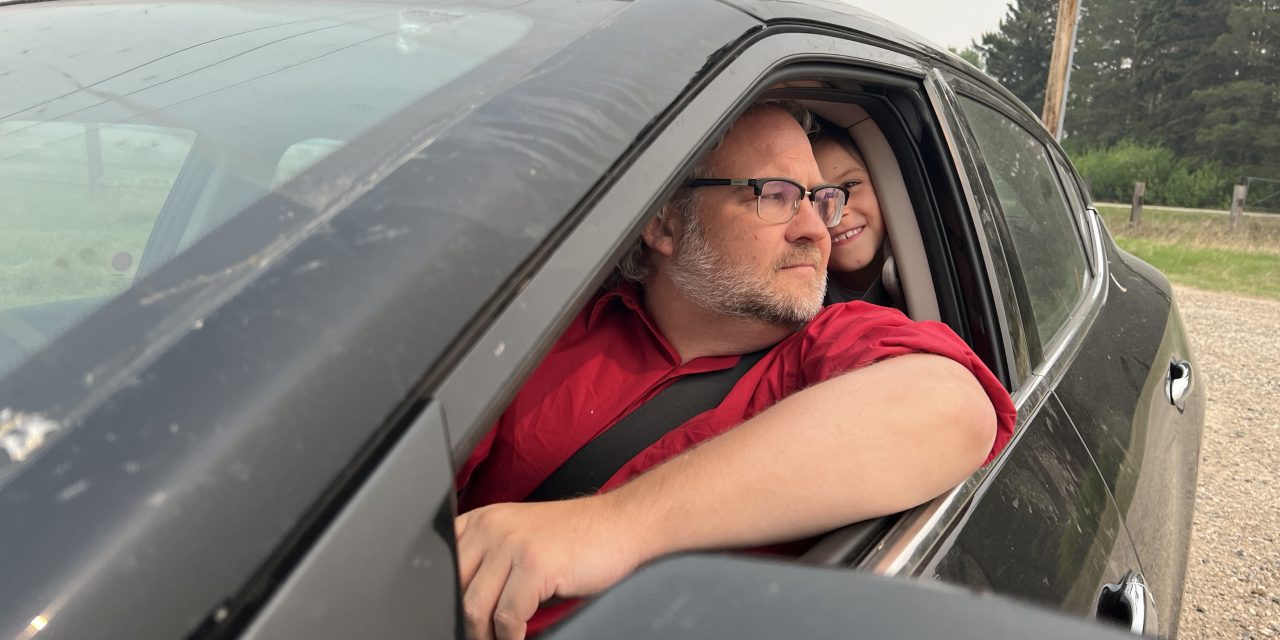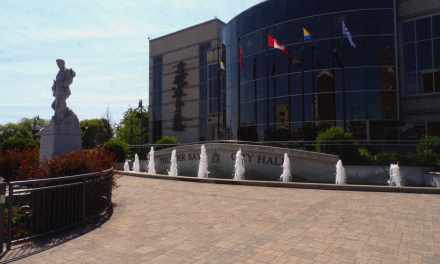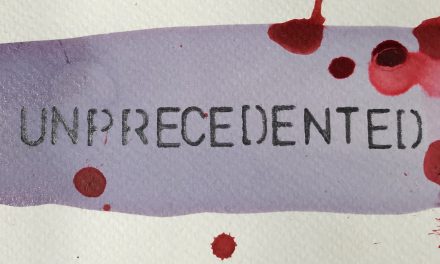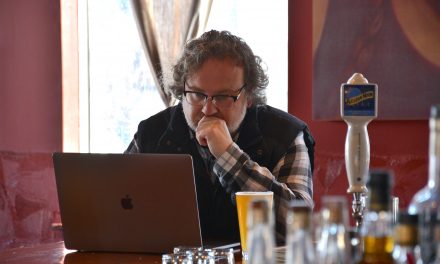As you read this, some restless child on a summer road trip across this giant region is hurling the timeless refrain from the back seat: “Are we there yet?” Those in the front seat, having packed the vehicle like Tetris in the sunrise, are straining to visualize a future when they get there; one where everything is perfect.
It’s tempting to imagine healthy relationships by way of destination. Somewhere down the road, there must be a place where all our problems are resolved… or at least one where we don’t have to explain how we’re obviously not there yet, while dead-stopped for highway construction in a rock cut, sandwiched between transport trucks.
The “are we there yet” refrain has a similar effect when it comes to Thunder Bay’s relationships. There’s a common misconception among non-Indigenous people that reconciliation means restoring a relationship that will arrive “there.” But like all committed relationships, this road’s a journey without end—hills, turns, and all. At every stage of Thunder Bay’s notorious systemic racism saga, local leaders have hurried along what they perceive as negative attention. But there’s no rushing a healthy relationship; there’s only “working on it,” and “not working on it.”
Spring brought more bumps in the road for our beleaguered police department that mostly fell under “not working on it.” Ontario extended Malcolm Mercer’s tenure to administrate the police services board for another year, calling the board’s “failures to effectively address the concerns of the Indigenous community” an ongoing “emergency.” In the four years since reports found systemic racism in the police and absent oversight from the board, there hadn’t been a single meeting with First Nations leaders.
“I think there’s been a strong commonality in trying to present a better picture that is forthright and open,” mayor Ken Boshcoff said of his admittedly limited time on the board, where Mercer holds the sole vote. “I haven’t been witness to any of that problematic situation so I’m kind of hoping there’s an end in sight.”
We’re not even there yet. An expert panel then delivered its report in April, basically finding the board allowed former police chief Sylvie Hauth to run rudderless. Her administration misled the board in some cases, while the panel found policies that would have held her accountable simply didn’t exist. Those left standing struck a committee to design governance policies, including formidable Indigenous leaders who have their own constituencies. Then they recruited accomplished Métis officer Darcy Fleury as police chief.
Fleury’s serving pizza for charity, dropping pucks at hockey games, and getting his bearings by making time for nearly anyone. No one’s saying we’re “there yet” but they are saying it’s a new day, worthy of our renewed faith.
We’ve been here before. We’ve watched the opportunity slip. History probably won’t remember the work it will take to foster a healthy relationship between Indigenous and non-Indigenous peoples on this land. It will certainly remember how long and how tenaciously change was resisted.
So we’re not there yet, but we’re here now. Somewhere between the fear of disappointment and the façade of perfection, we’re depending on relationships for us all to succeed. Rendering competent investigations into the staggering volume of sudden deaths of Indigenous people is only one of the police’s problems. Fleury’s stepping into a climate of drugs, gangs, and labour that can’t be overcome without stronger relationships, community-wide.
Anyone needing context for Thunder Bay’s dynastic murder and drug overdose death rates got an eyeful in May, when surveillance video captured a reckless firefight outside a public housing complex in broad daylight. Police struck back with arrests that laid nearly a million dollars in seized guns and drugs on the table within the week. You could point out how no city ever solved a drug problem that way, but you’d be missing how that’s not the problem they were tackling.
It’s hard to keep the problems straight, but it’s easier to remember that people aren’t problems, people have problems. Some of those problems need policing, but it’s untenably burning out budgets and manpower when a city of 110,000 people has 50,000 annual service calls. There’s a safety case for stationing officers at schools, social housing, or health facilities, but there’s no case that problems are solved that way. Other actors wielding tools designed to address people’s problems are yearning to share the load. The only sustainable path forward is to visualize policing within that broader toolbelt.
When we all speak to the process of ongoing relationships—Indigenous communities, those impacted by drugs and poverty, even restoring the confidence of police officers themselves— this community can take the front seat.
The board has made remarkable progress over a short time, especially considering how long change has been resisted, but Indigenous communities will be the authority on whether those efforts meet their needs. So we won’t get “there,” but if they’ve finally found the “working on it” forward gear, it’ll feel like the end of a long winter, when you can roll the windows down and hit the open road.
Story by Jon Thompson, p. 106 of the June issue.















